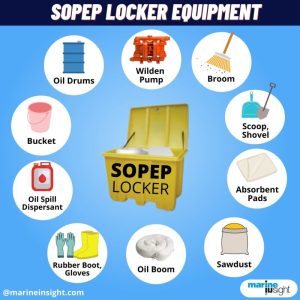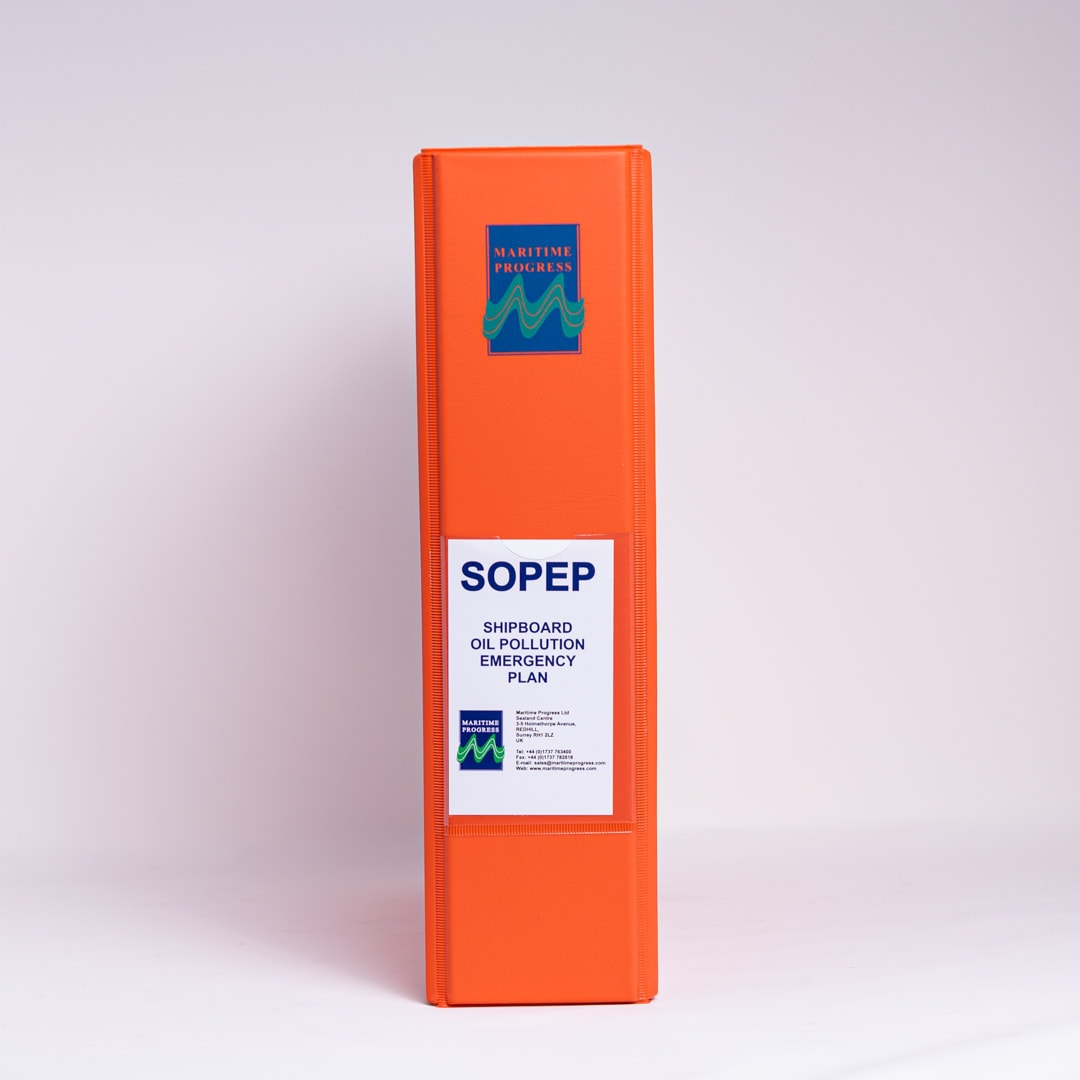 The Shipboard Oil Pollution Emergency Plan (SOPEP) is a mandatory document required under MARPOL Annex I, designed to guide ship crews in preventing, controlling, and responding to oil spills. It ensures that vessels are prepared for marine pollution incidents and comply with international regulations.
The Shipboard Oil Pollution Emergency Plan (SOPEP) is a mandatory document required under MARPOL Annex I, designed to guide ship crews in preventing, controlling, and responding to oil spills. It ensures that vessels are prepared for marine pollution incidents and comply with international regulations.
What is SOPEP and Its Purpose?
Definition
SOPEP is a ship-specific plan that outlines procedures, responsibilities, and emergency contacts in case of an oil pollution incident.
Main Purpose of SOPEP
- Prevent oil pollution at sea by implementing proper safety and operational measures.
- Provide guidelines for crew response during oil spills.
- Ensure compliance with international laws and regulations.
- Minimize environmental damage and assist in quick containment.
SOPEP Requirements
- Required for all oil tankers over 150 GT and other ships over 400 GT.
- Must be approved by the vessel’s flag state and carried on board at all times.
- Should include updated emergency contacts and be reviewed regularly.
Contents of SOPEP
SOPEP consists of detailed procedures and checklists. The key sections include:
A. Mandatory Sections
-
Ship Identification and Particulars: Ship name, IMO number, flag, owner details.
-
Compliance with MARPOL Annex I: Regulatory references and legal framework.
-
Procedures for Reporting Oil Spills: How and when to notify authorities (flag state, port state, coastal state). Contact information for:
- International emergency response organizations.
- Shipowner or management company.
- Local oil spill response agencies.
-
Steps to Mitigate Pollution: Actions to take immediately after a spill. Use of onboard SOPEP equipment to contain oil leaks.
-
Crew Responsibilities: Designated SOPEP Officer (usually the Chief Officer). Duties of officers and crew in case of an oil spill.
B. Additional Recommended Sections
-
Shipboard Training & Drills: Regular SOPEP drills and crew training schedules.
-
SOPEP Equipment List: Inventory of onboard spill response equipment.
SOPEP Equipment on Ships
Every ship must carry essential spill-response tools to act quickly in case of an oil leak. These items are stored in the SOPEP kit.
Essential SOPEP Equipment
| Equipment | Purpose |
|---|---|
| Oil Absorbent Pads | Absorb small oil spills. |
| Oil Booms | Contain and prevent oil spread on water. |
| Oil Dispersants | Break down oil to facilitate biodegradation. |
| Portable Pump | Used to transfer spilled oil to safe storage. |
| Drip Trays & Containers | Prevent leaks during bunkering operations. |

Credit: Marineinsight
SOPEP vs. SMPEP (Shipboard Marine Pollution Emergency Plan)
While SOPEP covers oil pollution, some ships (chemical tankers) require SMPEP, which also includes noxious liquid substance spills.
| Feature | SOPEP | SMPEP |
|---|---|---|
| Applies to | Oil tankers & ships >400 GT | Chemical & noxious substance carriers |
| Covers | Oil spills | Oil & hazardous liquid spills |
| Regulation | MARPOL Annex I | MARPOL Annex II |
SOPEP Drills and Compliance
SOPEP Drills
To ensure preparedness, regular training and emergency drills must be conducted, including:
- Simulated oil spill response exercises.
- Crew familiarization with SOPEP procedures and equipment.
- Communication drills for reporting incidents.
Inspection & Compliance
- SOPEP is checked during port state control (PSC) inspections.
- Failure to maintain an updated SOPEP can lead to fines and vessel detention.
SOPEP is a crucial element of maritime environmental protection, ensuring ships are ready to handle oil spills efficiently. Proper training, equipment maintenance, and compliance with MARPOL Annex I can reduce pollution risks and protect marine ecosystems.


Hi, I do think this is a great web site. I stumbledupon it 😉 I
will come back yet again since I saved as a favorite it. Money and freedom is the greatest way to change, may you be rich and continue to guide other people.
I have fun with, lead to I discovered just what
I used to be taking a look for. You have ended my four
day lengthy hunt! God Bless you man. Have a great day. Bye
I am regular reader, how are you everybody? This post posted at this website is really fastidious.
Hello just wanted to give you a brief heads up and let you know a few of the images aren’t loading correctly. I’m not sure why but I think its a linking issue. I’ve tried it in two different internet browsers and both show the same results.